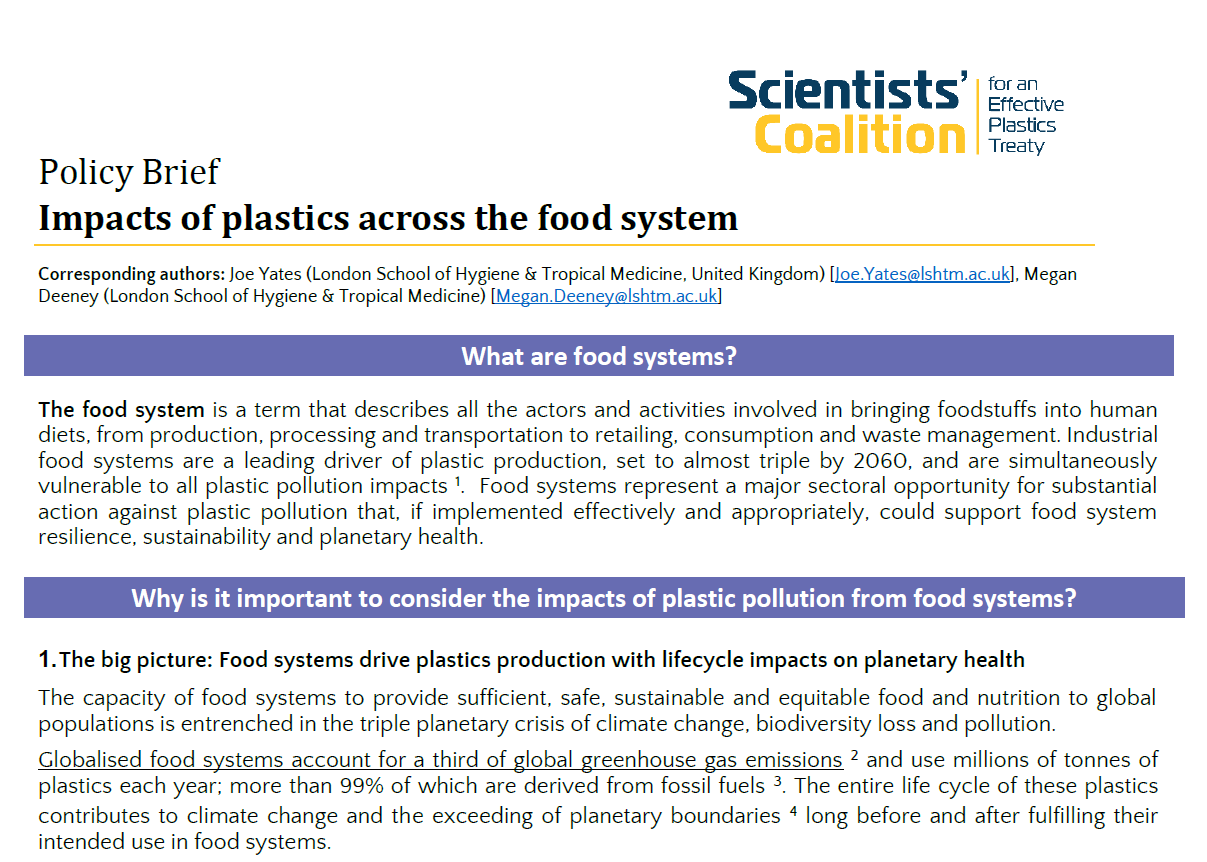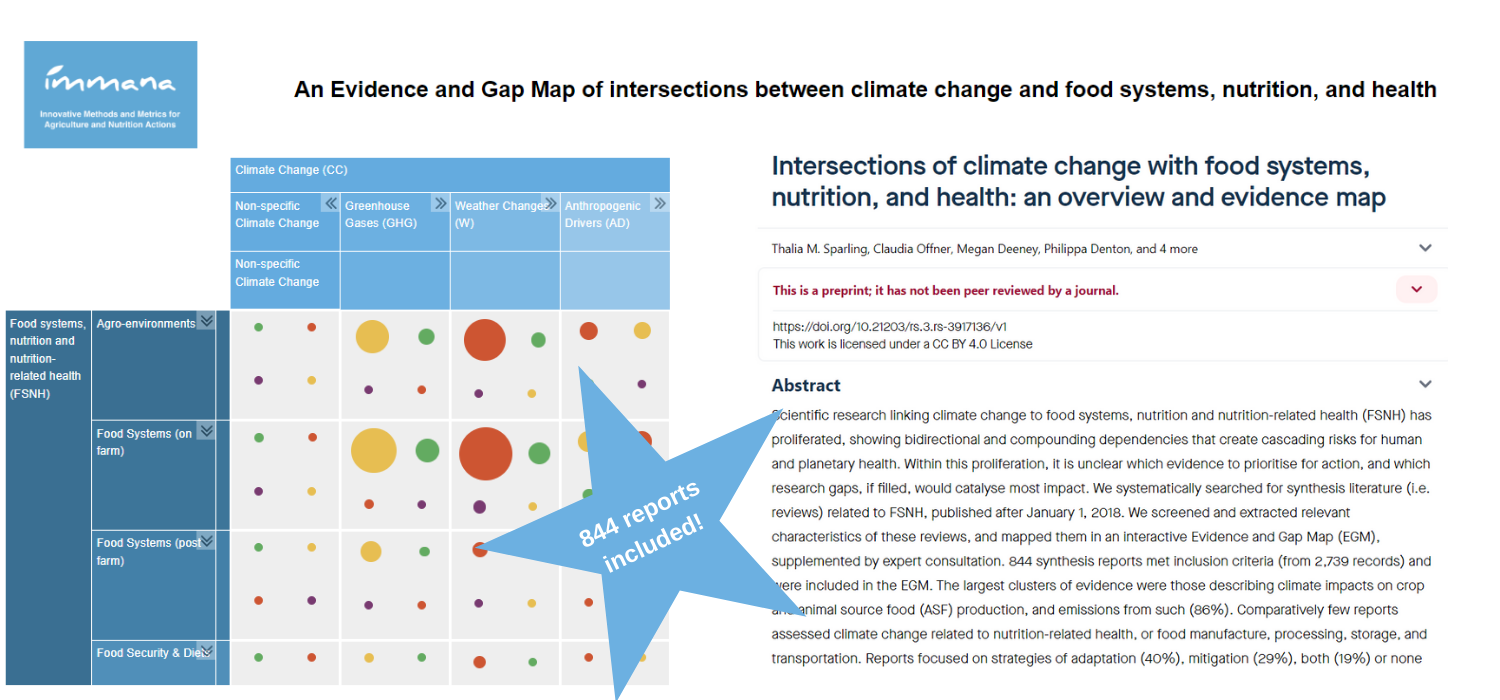
A new paper has been published here in World Development from the IMMANA Grant-funded project on New Keys for Old Black Boxes: Developing Methods to Improve Nutrition Assessment by Measuring Energy Expenditure, University of Reading.
This paper investigates women’s patterns of time-use, which proxy the work burdens associated with productive and reproductive activities; important determinants of nutrition and well-being in LMICs. The project integrates energy expenditure data derived from wearable accelerometers with time-use data from recall-based surveys. Using datasets from agricultural households in four rural communities in India and Nepal, results show that there are significant gender differences in the patterns of time-use and energy expenditure. Men and women participate equally in productive work, however, women shoulder most of the additional reproductive work burdens in rural households at the expense of leisure opportunities. The results provide insights into women’s responses to opportunities for productive work and highlight the nature of trade-offs they face.
Read more about this project and a few interesting case studies in this blog post by Giacomo Zanello and Fiorella Picchioni from the CGIAR Research Program on Agriculture for Nutrition and Health.




